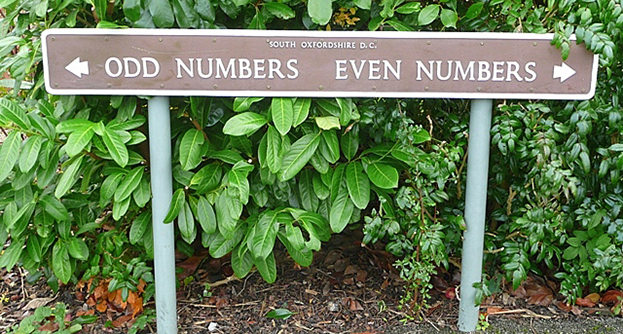To what degree is making decisions a central part of your board’s reason for being? If it judges itself on the wisdom of its decisions, then it may be interested in new empirical research that tells us that boards with an odd number of members may make better decisions. The U.S. based Philanthropy Journal recently reported details of the study, one that reveals directors’ preferences for conformity or difference. It caught my attention!
The research indicates that members of boards with an odd number of directors are more likely to cast their vote based on organizational performance considerations. Where there are an even number of directors, and the preferences of the members are apparent prior to voting, individuals will more often than not abandon performance criteria and instead conform with the remaining uneven number of directors so as to be on the “winning” side.
Voting and board effectiveness
While this research on voting and board effectiveness focused on for-profit boards, there is every reason to think, suggests the article, that the effect would be more pronounced on non-profit boards which tend to be more conflict adverse. In other words, having an even number of directors present will result more often in members voting so as to conform to the perceived majority even if, in their individual opinions, the decision may not be the most beneficial to the organization.
The findings of the study are interesting but how important are they really to non-profit organizations? First, I suspect that non-profit boards vary considerably in the extent to which they use voting, that is, majority rule, rather than consensus, as their primary decision-making mechanism. I have not discovered any empirical research on how boards decide, but my experience tells me that there is not only variation across organizations but within governing groups.
Does consensus help?
Consensus decision making, which in theory encourages the deliberate exploration of dissenting views, ought to help counteract conformity tendencies. Boards may be committed to this approach but may fall short of achieving it in practice, especially if they have not reaffirmed the value of different points of view and made an effort to employ techniques that allow for the safe expression of all points of view. So, where consensus is valued in principle but only loosely followed, for whatever reason, members of evenly numbered decision making groups are probably likely as well to shy away from raising performance concerns if they believe they are in the minority.
To be sure, not all governance decisions are equal in terms of performance impacts, either in one board meeting or in the course of an organization’s life. There are more key decisions to be made when an organization is in its formative stages or when circumstances, such as funding changes, arise, than when it is cruising along, on course, as a mature non-profit. The research on odd and even numbers of directors certainly suggests that boards ought to be more conscious of their size and the skills of their members, as well take time to openly discuss the character of their decision practices.
Better decisions ought not be dependent on voting
In my opinion, one of the bigger enemies of good decision making is not whether one votes or strives for consensus, it the lack of time to adequately deliberate. The reason governing groups do not have adequate time to reflect and share views among members is the attachment to the tradition of mult-item business meetings. The norm of packed board meeting agendas can lead to hasty decisions that diminish organizational performance.
There is no reason why every board meeting should follow the same format. A routine that involves a monthly review of finances and what the executive director has done could easily be interrupted, perhaps moved to every other month. Standing board committees and their reports, which many non-profits also remain unconsciously attached to, could also be rethought so as to give whole boards more decision-making time, especially when key organizational issues are before them.
In their 1995 book, Governance as Leadership, Reframing The Work of Nonprofit Boards, Richard Chait, William Rylan and Barbara Taylor suggest that boards should not mix fiduciary and strategic deliberations as each mode of working requires different mindsets and kinds of conversations. The idea of alternating business meetings, where decisions may be important, with strategy sessions where they may not immediately be, is one a non-profit might try.
We ought to avoid characterizing leadership, whether by governing groups or individuals, as essentially the act of decision-making and problem solving by those in authority. There is much more to be understood about non-profit governance and organizational performance. This includes what aspects of leadership work is best done inside the board and committee room and what needs to be done outside the board room as part of wider community processes.
Note: My governance guide, Ten Tips for Better Board Meetings, may be of value. I highly recommend Chait, Ryan and Taylor’s book mentioned above, Governance as Leadership, published by BoardSource and John Wiley and Sons. There is a resource on some of the ideas found in it on the website of the Social Planning and Research Council of British Columbia (SPARC -BC).
Photo, Odd and Even, is by Graham Horn, November 2008. From geograph.org.uk.

